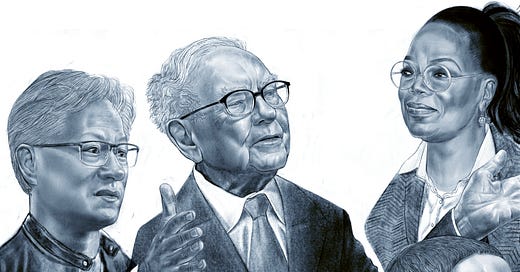There always seems to be a strange connection between the projects I teach and the events in the world. It may just be the Kuleshov effect. I spent the week researching the award winning book illustrator Jon Klassen, as I moderated a 90 minute talk with him Friday and this is an effect he learned from his film and animation work. The Russian filmmaker Lev Kuleshov was able to show how the meaning of an image was affected by the juxtaposition of different shots. Using the same image of an expressionless man juxtaposed with a bowl of soup, a girl in a coffin, and a woman on a divan, his audience believed that the actors expression changed depending on what he was ‘looking’ at. We seem to need to project the story onto the characters despite their unchanging expression.
I’m not prepared to suggest the projects I teach are blank slates or expressionless subjects, but they are definitely susceptible to taking on my lived experience and the reverberations of the world outside the studio. The horrible terrorist attack of Hamas on Israelis civilians and the cost to the Palestinians as Hamas uses the people of Gaza as shields is beyond comprehension. I live far removed and I only have the experience of 9/11 to approximate these events. We can situate them though and there is no relativist justification for a pogrom.
Our study this week was the human portrait and the rich diversity and difference of our features and facial structures. It seemed like the perfect time to see another person more clearly and with empathy. I always begin the portrait lecture with a declaration of responsibility that we have when we work with another person. Most people begin drawing someone else by using their own features (makes sense you wake up with that face). They then move to overdrawing the features like chocolate chips in a cookie (I was going to say dog poop on snow, but some folks may not have a ready picture for that, or their dog is too large). But the most pervasive approach is symmetry, that short form, anime fueled, slam your hand in a car door kind of drawing. We are bilaterally symmetrical but not fully mirrored symmetrical (despite your favorite animated character)
Our faces are so not symmetrical, that when we really start looking we open up a whole new world of possibility around character and expression and the profound individuality of each person. Drawing the portrait and really looking at the different shapes of the eyes and their lids and that damn nose and its distance travelled from the nasion to the tip leads you to looking more. When you stop seeing symmetry in a face you open up drawing as a way to interrogate how you see.
We need to see each other and recognize our beautiful differences as lessons to learn to see more and to see better. It’s when we generalize, and stereotype, and don’t see the unique character of the other that we can lose sight of ourselves.








